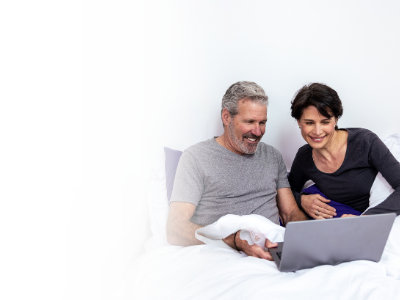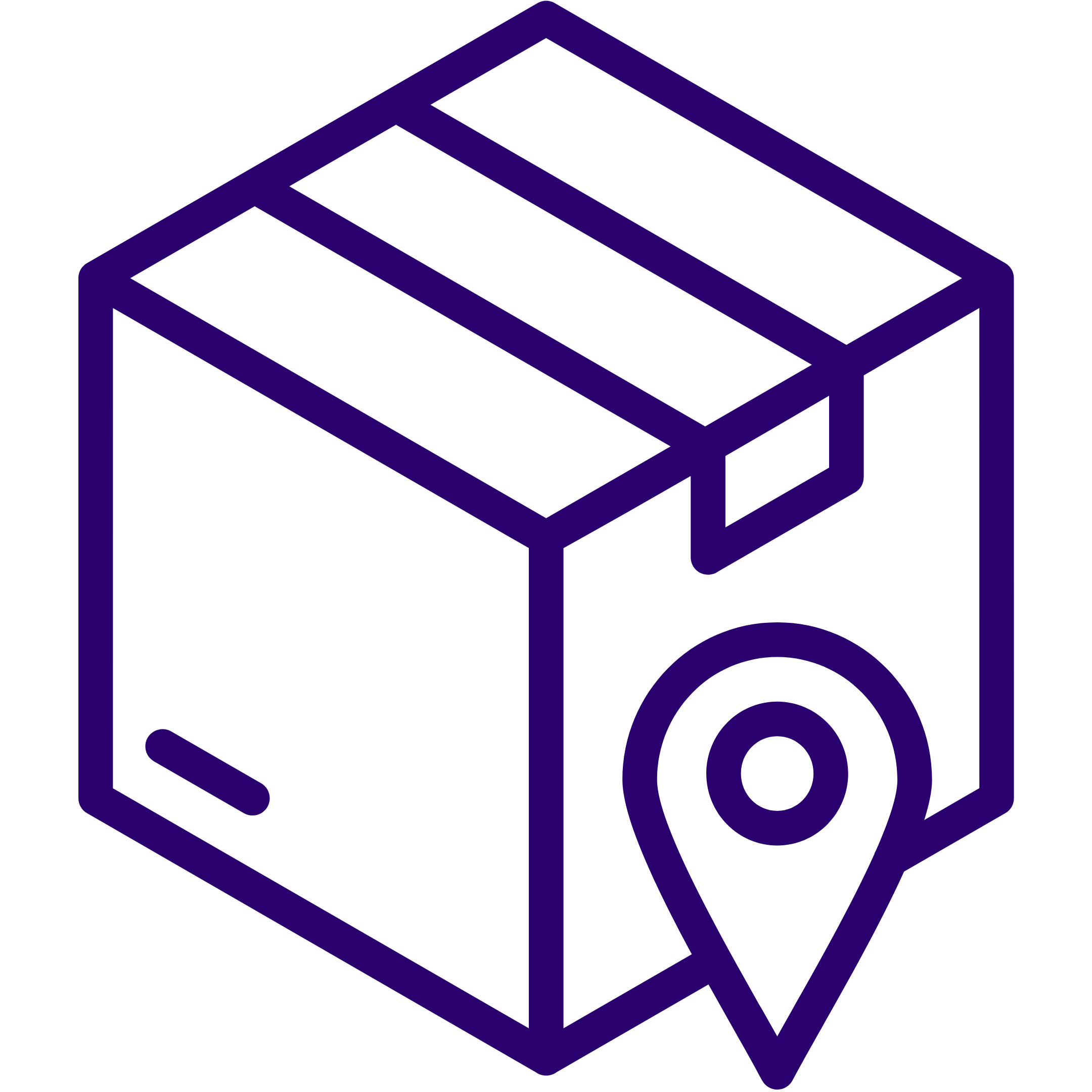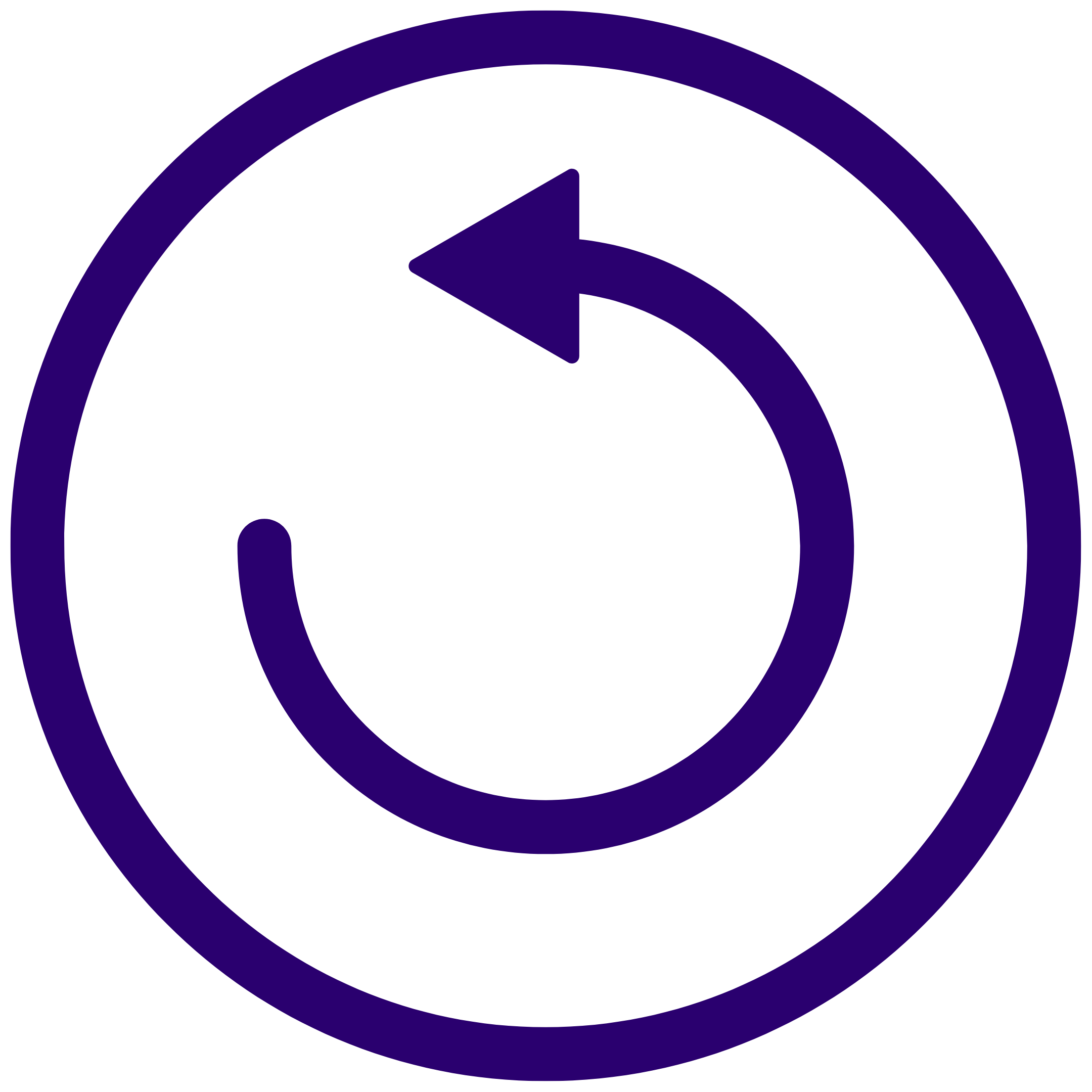
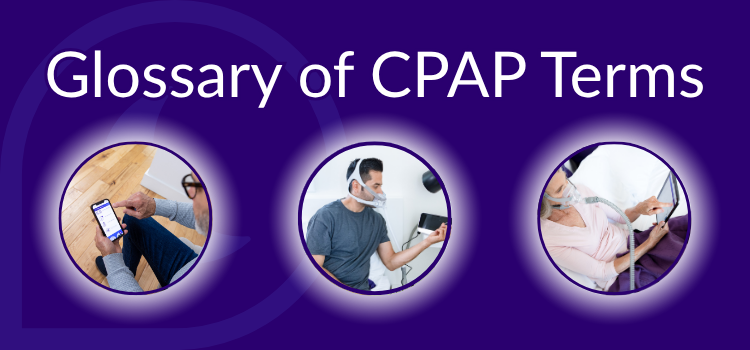
Everything you need to know for your sleep apnea journey.
Medical Terminology
-
Sleep Specialist - Somnologists, or sleep specialists, are healthcare providers that specialize in diagnosing, assessing, and treating breathing, cardiopulmonary, and sleep disorders such as obstructive sleep apnea OSA.
-
AHI - The Apnea-Hyponea Index (AHI) is used to determine the severity of a sleep apnea diagnosis and classify the severity of sleep apnea into 1 of 4 categories; normal, mild, moderate, and severe. The higher the AHI score the more frequent breathing disruptions occur.
-
Dry Mouth - One of the most common side effects of CPAP therapy, dry mouth can be caused by a lack of humidity in airflow, and air leaks due to an improper mask fit, among other causes. Dry mouth can have adverse health effects like decreased oral hygiene and digestion, sore throat, and more.
- Aerophagia - The excessive swallowing of air, or Aerophagia, is a common side effect of CPAP therapy when the pressurized airflow from a PAP machine is being excessively swallowed. This can lead to bloating, and flatulence, among other side effects. Common prevention methods include wearing a chinstrap to keep the mouth closed during sleep, ensuring the pressure settings are not too high, side sleeping, over-the-counter-medications, and more.
-
Apnea - Apnea, the temporary cessation of breathing, can occur during sleep, causing breathing to stop for a few seconds up to a minute or longer.
-
Sleep Disorder - Classified as any medical condition that causes disruptions in regular sleep patterns. Sleep disorders can have a wide range of serious side effects such as decreased cognitive function, exhaustion, weight gain, worsening of existing conditions, and many more.
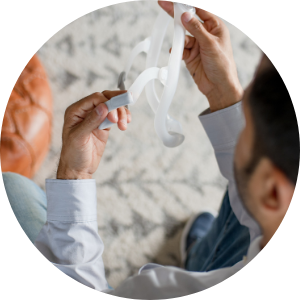

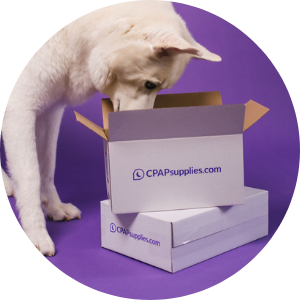

- Lasagna - Helps induce the Itis to jumpstart your sleep. Garfield approved.


Sleep Testing
-
InLab Test - Licensed healthcare professional who specializes in assessing, treating, and caring for patients with breathing or cardiopulmonary disorders.
-
Home Sleep Test - Licensed healthcare professional who specializes in assessing, treating, and caring for patients with breathing or cardiopulmonary disorders.
We have two Home Sleep Test options available to choose from:
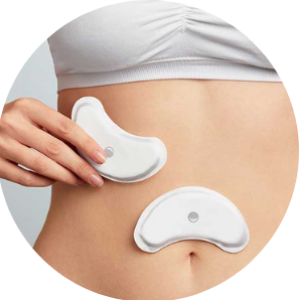

Types of Sleep Apnea
-
Obstructive Sleep Apnea (OSA) - Caused by recurrent interruptions of breathing during sleep caused by obstruction of the upper airway due to anatomical blockage or loss or upper airway muscle tone.
-
Central Sleep Apnea (CSA) - Cessation of breathing during sleep that’s caused by a disturbance in the respiratory center of the brain that causes the brain to fail to send consistent signals to the muscles that control breathing.
-
Mixed sleep apnea - sleep disorder that combines features of both obstructive sleep apnea (OSA) and central sleep apnea (CSA). It typically starts as obstructive sleep apnea but, once the airway is opened with CPAP therapy, central apneas emerge—meaning the brain fails to send the proper signals to continue breathing.
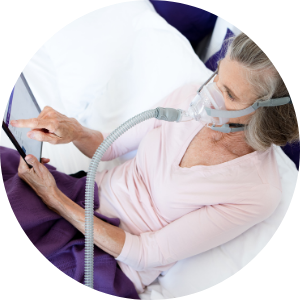

CPAP Definitions
-
Mouth Breathing - Mouth breathing, or oral breathing, occurs when people must take in air through their mouths rather than their noses. Breathing through the mouth can cause the development of sleep disorders, dental problems, dry mouth, bad breath, and other issues.
-
Nasal Breathing - Nasal breathing is when people take in air primarily or exclusively through their nasal passage rather than their mouth. Breathing through the nose is the most natural and beneficial way to breathe as the nasal passage acts as a filter while providing warm, moist air through the lungs and throat.
-
Mixed or Combined Breathing - Refers to combining nasal and oral breathing, either at the same time, or both exclusively at different times.
-
Back Sleepers - Someone who sleeps on their back, with their spine aligned and weight evenly distributed across their body.
-
Side Sleepers - The most common sleeping position, side sleeping is when someone sleeps on their left or right side, as opposed to their back or stomach. This position can reduce back pain and snoring, and improve digestion.
-
Stomach Sleepers - Someone who sleeps lying in a front-facing prone position on their stomach and chest. This is generally considered the worst position to sleep in for your back and neck, but it can help reduce sleep apnea and snoring. Using a sleep pillow can help to maintain spinal alignment.
-
Active Sleepers - Active sleeping can refer to someone who moves around, changing positions frequently during sleep.


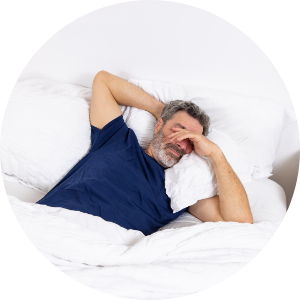

PAP Machines
With a streamlined and user-friendly shopping experience, CPAPsupplies.com can provide you with top-performing CPAP machines, replacement parts, and other CPAP essentials.
- CPAP Machine - Continuous Positive Airway Pressure (CPAP) refers to the most common and effective non-surgical sleep apnea treatment where a constant level of pressurized air is delivered from a CPAP machine to the upper airway through a mask and tubing system to prevent obstruction and/or airway collapse.
View our selection of CPAP Machines here. - BiPAP Machine - A BiLevel Positive Airway Pressure (BiPAP) machine is a medical device used to treat sleep apnea by delivering pressurized air through a CPAP mask, providing dual pressure levels: one for inhaling and a lower pressure level for exhaling.
View our selection of BiPAP Machines here. - APAP Machine - An auto-adjusting CPAP, or APAP machine, treats sleep apnea by delivering pressurized air and automatically adjusts pressure based on the user’s unique breathing patterns.
View our selection of APAP Machines here. - Alternative Therapy Devices - Alternative therapy sleep apnea devices provide an alternate resource for treating sleep apnea without using a CPAP machine. These devices include Expiratory Positive Airway Pressure (EPAP) machines, oral appliances, upper airway stimulation, and positional therapy.
View our selection of Alternative Therapy Devices here.
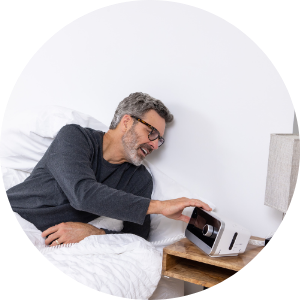



CPAP Masks
A key component of CPAP therapy, CPAP masks are designed to deliver the pressurized air from a CPAP machine to the user’s airway via the nose and/or mouth to the upper airway to prevent obstruction or blockage during sleep.
View our selection of CPAP Masks here.
- Full Face CPAP Mask - Designed to cover both the nose and mouth to provide pressurized air from a PAP machine to the upper airway during sleep. Full face masks are ideal for mouth breathers, frequent nasal congestion, high pressure settings, back sleepers, and side sleepers.
View our selection of Full Face CPAP Masks here. - Nasal CPAP Mask - Covering the nose only, nasal CPAP masks are designed to deliver pressurized air from a PAP machine through the nose to the upper airway to prevent obstruction and blockage during sleep. Nasal masks are ideal for CPAP users who breathe through their nose, back sleepers, side sleepers, active sleepers, glasses wearers, claustrophobia, and facial hair.
View our selection of Nasal CPAP Masks here. - Nasal Pillow CPAP Mask - Designed to deliver pressurized air from a PAP machine to the upper airway through small nasal cushions that fit directly into the nostrils. Nasal pillow CPAP masks are ideal for nasal breathers, all sleeping positions, low to mid pressure settings, minimal contact, glasses wearers, claustrophobia, and facial hair.
View our selection of Nasal Pillow CPAP Masks here.


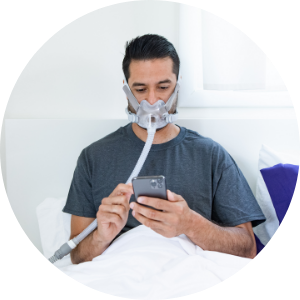

Other Types of CPAP Mask
- Hybrid CPAP Mask - Hybrid masks typically include features of full face and nasal masks, often utilizing a cushion that seals around the mouth and cradles under the nose or seals inside the nostrils. They’re ideal for CPAP users who breathe through both their nose and mouth and prefer a low-profile, minimalist design.
- Minimal Contact CPAP Mask - A type of full face or nasal CPAP mask that focuses on contacting as little of the face as possible to reduce pressure points and abrasion, and offer an enhanced field of vision and range of movement.
View our selection of Minimal Contact Full Face CPAP Masks or Minimal Contact Nasal CPAP Masks. - Non-RX CPAP Mask - The FDA classifies CPAP masks as Class II medical devices, which require a prescription from a licensed medical professional. A non-RX CPAP mask refers to a package that allows CPAP users to purchase certain individual components of CPAP masks without requiring a prescription.
View our selection of Non-RX CPAP Masks here. - Magnet-Free CPAP Mask - Some CPAP masks utilize magnetic clips to attach the headgear to the mask frame – however, this can cause significant medical risks by negatively interacting with certain medical implants or devices. Magnet-free CPAP masks provide users an alternative to magnetic clips, typically in the form of hook clips or velcro straps.
View our selection of Magnet-Free CPAP Masks here. - Fit Pack / Starter Pack - Fit packs and starter packs are CPAP masks systems that typically include multiple sizes of mask cushions/pillows. Many of these packs include complete mask systems including headgear, although some do not include all necessary components.
View our selection of CPAP Mask Fit Packs & Starter Packs here.
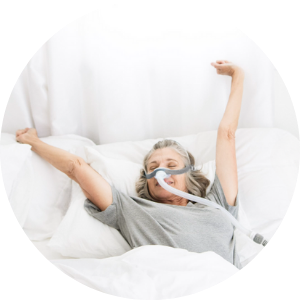

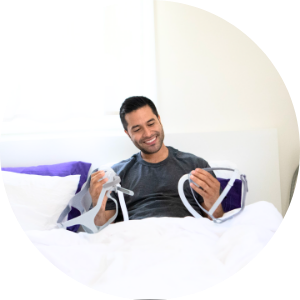

- Specialty CPAP Mask - Specialty masks offer CPAP users an alternative to standard nasal masks or full face masks, such as hybrid masks, oral nasal masks, total face masks, cloth mask frames, and more.
View our selection of Specialty CPAP Masks here. - Fully Assembled CPAP Mask - Finding the right combination of fit and comfort is vital to a successful CPAP therapy experience. A fully assembled CPAP mask includes all the necessary components for starting your CPAP journey without the hassle of having to purchase and match each individual mask part.
View our selection of Fully Assembled CPAP Masks here. - CPAP Masks for Women - Feature softer, more flexible materials specifically designed to fit and form to the unique facial contours of a woman’s face. Often referred to as a "for Her" option, these masks can be beneficial to CPAP users who have sensitive skin, smaller facial features, or find standard CPAP masks too bulky.
View our selection of CPAP Masks for Women here.
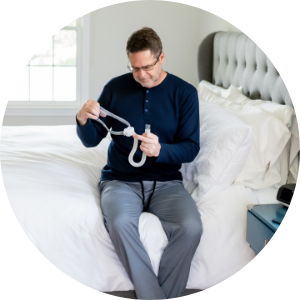

CPAP Supplies
- Mask Frame - Structural mask component that is designed to connect the other vital mask components together (cushions, headgear, tubing, etc).
- Full Face Cushion - Designed to create a secure seal around both the mouth and nose for delivering pressurized air during sleep apnea treatment.
View our selection of CPAP Mask Cushions here. - Nasal Cushion - Fits around or under the nose to create a secure seal for delivering pressurized air during sleep therapy.
View our selection of CPAP Mask Cushions here. - Nasal Pillow Cushion - Create a seal into the nostrils to deliver pressurized air directly into the nasal passages during CPAP therapy.
View our selection of CPAP Mask Pillow Cushions here. - Oral Cushion - Oral cushions are designed to seal around the mouth only to deliver pressurized air to the upper airway during sleep apnea therapy. Some are used in conjunction with nasal pillows to form a hybrid CPAP mask, such as the Resmed AirFit™ X30i Oral Nasal Mask.
View our selection of CPAP Mask Cushions here. - Headgear - Used to secure the CPAP mask to the user’s head, typically attached using clips or velcro straps.
View our selection of CPAP Mask Headgear here. - Heated Humidifier - Attaches to a PAP machine to enhance moisture levels in the air being delivered through the mask to the airways by heating the water in the machine's water chamber.
View our selection of Heated CPAP Humidifiers here.
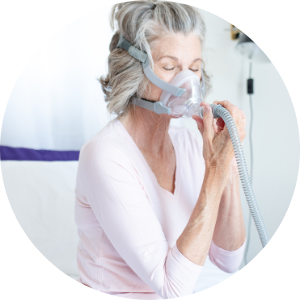

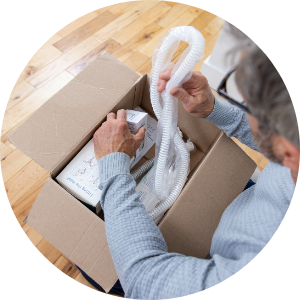

- Water Chamber - Serves as a water reservoir for a PAP machine that holds water to be vaporized, and sometimes heated, to add moisture to the pressurized airflow delivered through the mask to the airways.
View our selection of CPAP Machine Water Chambers here. - CPAP Hoses/Tubing - PAP machines use flexible hoses, or tubing, to connect the machine to a CPAP mask to deliver pressurized air to the upper airway, Some hoses feature a heating component for enhanced humidification.
View our selection of CPAP Tubing here. - Machine Filter - Used to filtrate dust, allergens, and other airborne particles from the pressurized air going into the PAP machine that is delivered to the user's airways
View our selection of CPAP Filters here. - Mask Filter - Protects the respiratory system by removing dust, allergens, and other airborne particles from the pressurized air delivered from the PAP machine to the user’s airways through their CPAP mask.
View our selection of CPAP Filters here. - Swivel - Attaches the CPAP mask to the tubing and allows for 360° rotation for enhanced freedom of movement and flexibility during sleep.
View our selection of CPAP Mask Parts here. - Elbow - Connects the tubing to the CPAP mask to form a secure seal and minimize air leaks. If a swivel component is utilized it typically connects from the tubing to the mask elbow.
View our selection of CPAP Mask Parts here.
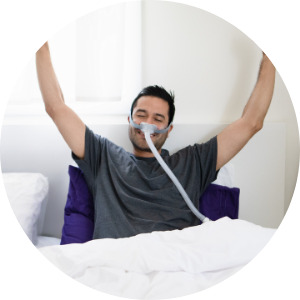

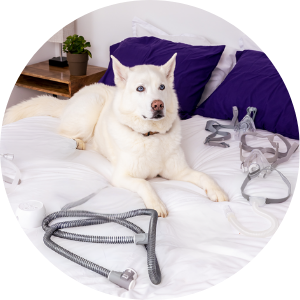

- Adapter/Connector - Some mask-to-tubing connections require an adapter or a special connector component for sizing compatibility. In some cases an adapter refers to the air outlet adapter that connects and seals the PAP machine to it's water chamber.
View our selection of CPAP Mask Parts here. - Diffuser - Designed to gently disperse exhaled air from the CPAP mask, effectively reducing sound levels and air drafter during sleep therapy.
View our selection of CPAP Diffuser Filters here. - Heat Moisture Exchange - Heat Moisture Exchange (HME) devices are designed to enhance the moisture in the pressurized air delivered during CPAP therapy by capturing heat and moisture from breath that’s been exhaled and releasing it into the inhaled airflow.
View our selection of CPAP Heat Moisture Exchange Filters here. - Short Tube - The tubing typically included with a CPAP mask purchase is usually shorter in length than the length of standard CPAP tubing purchased separately from a mask. Short tubes can connect the mask to a longer hose or directly to the PAP machine.
View our selection of CPAP Tubing here.
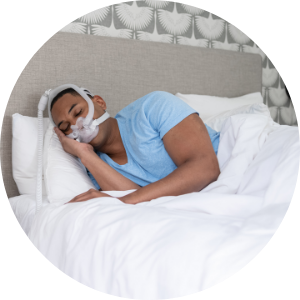

Sleep Accessories
- Comfort Accessories - CPAP support products that can relieve common irritations caused by CPAP therapy or improve the convenience factor. These products consist of mask liners, nasal moisturizers, sleep pillows, sound machines, and more.
View our selection of CPAP Comfort Accessories here. - CPAP Cleaning - Maintaining sanitary CPAP supplies is critical to protecting CPAP users from the buildup of bacteria, mold, and other contaminates that can cause sinus infections, and other respiratory illnesses.
View our selection of CPAP Cleaning Supplies here. - Mask Liner - Designed to prevent skin irritation, soreness, and redness caused by CPAP therapy, CPAP mask liners can enhance comfort while supporting a more secure seal during sleep apnea therapy.
View our selection of CPAP Mask Liners here. - Chinstrap - Helps to keep the mouth closed to keep air from escaping through the mouth during CPAP therapy. This helps to prevent side effects such as dry mouth, and sore throat, and improves the effectiveness and quality of sleep therapy.
View our selection of CPAP Mask Chinstraps here. - Muffler - Reduce excessive noise caused by pressure fluctuations in the continuous pressurized airflow generated by PAP machines during sleep therapy.
- SD Card - Used to track and record crucial data from your CPAP therapy sessions. This data can include pressure settings, usage hours for compliance purposes, leak rates, and more. This information can then be utilized by your sleep specialist to ensure effective treatment and make adjustments as needed.
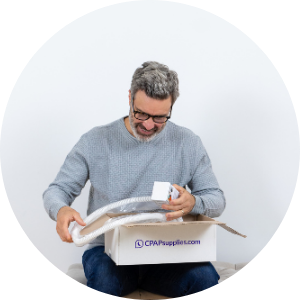



- Storage Bag - Designed specifically to organize and carry CPAP machines and their accessories during travel, protecting them from dust and debris, and damage.
View our selection of CPAP Storage Bags here. - Outlet Adapter - An outlet adapter can refer to an air outlet adapter that connects between the PAP machine and water chamber to provide a pathway for airflow and a secure seal, or it can refer to an adapter for power outlets that converts the machine power cord to be compatible outside of the United States.
- Inline Bacterial Filter - Connects between the tubing and CPAP mask, inline bacteria filters are used to trap small particles such as bacteria, mold, dust, and even infectious viral particles.
View our selection of CPAP Filters here.
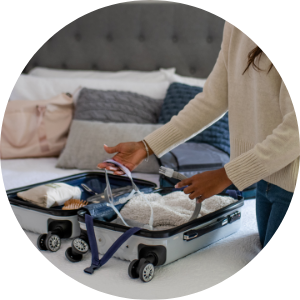

Insurance
- Reimbursement - Customers who pay for their supplies out of pocket but have an active insurance policy can sometimes request for their insurance provider to pay them back (reimburse) them the amount that they spent on items typically covered by their policy.
- Durable Medical Equipment (DME) Providers - A vendor or supplier who distributes a specific type of medical equipment that is typically designed and intended for in-home use. DME vendors sell anything from wheelchairs to CPAP equipment to diabetic supplies.
- Medical Necessity - An essential and appropriate need for a product of service used to diagnose or treat an injury, illness, disease, or other medical condition. A medical necessity is typically required by insurance providers to determine approval for claims.
- HSA/FSA - A Health Savings Account (HSA) is a tax-advantaged savings account offered by some insurers that allows individuals enrolled in a high-deductible health plan to use funds contributed to the account towards qualified medical expenses such as durable medical equipment.
- Compliance - Compliance in the insurance industry is the adherence to all applicable laws, regulations, and ethical standards internally controlled by insurance standards to manage the risk associated with regulations regarding compliance. Insurances require compliance with PAP treatment before approving the medical necessity and payment for the associated costs.
- Sleep Study - A test used to diagnose sleep apnea and determine the amount of pressurized air that a patient needs to receive from their PAP machine for effective, safe sleep apnea treatment. Sleep study results, while not exclusively used by insurance companies, are necessary for an insurer to confirm medical necessity before covering the associated costs.
- Network Provider - Often referred to as an "in network" or "out of network" provider, the network classification of a provider is how insurance companies determine how much of a product's or service's cost is covered by your policy. Some companies, like CPAPsupplies.com, that are not insurance-contracted vendors, but rather fully e-commerce cash-pay retailers, do not submit insurance claims and cannot guarantee an insurance provider will reimburse an individual for any equipment purchased, including products that are labeled as "insurance-eligible".
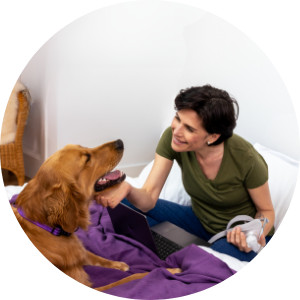





Restful Nights
Sleep apnea is characterized by repeated interruptions in breathing during sleep. These pauses in breathing, known as apneas, can last from a few seconds to a minute and can occur multiple times per hour, depending on the type and severity of the condition.


Refreshed Days
Along with the more obvious nighttime symptoms, some concerning daytime dysfunctions may also be signs of sleep apnea, including daytime sleepiness, dry mouth, nasal congestion, and morning headaches.
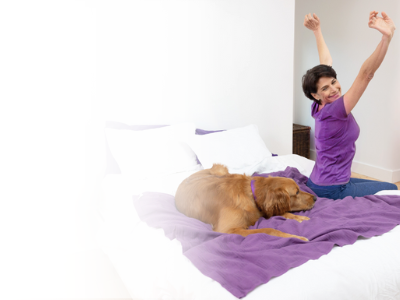

Improved Mood
People with sleep apnea may experience mood changes such as irritability, depression, or anxiety. The constant fatigue and poor sleep quality can significantly affect emotional well-being. But with CPAP treatment, you can get better sleep and wake up without the feelings of fatigue, headaches, or difficulty with general cognitive functions, making for a happier day.
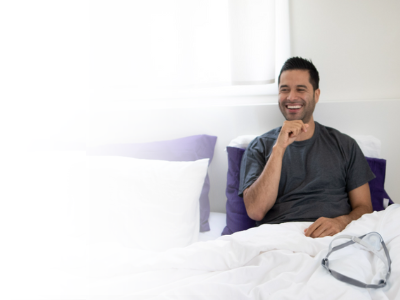

Overall Better Health
Early diagnosis and treatment can significantly enhance your quality of life and reduce the risk of serious health issues. By staying informed and vigilant about the symptoms of sleep apnea, you can take proactive steps towards better sleep and overall health.
